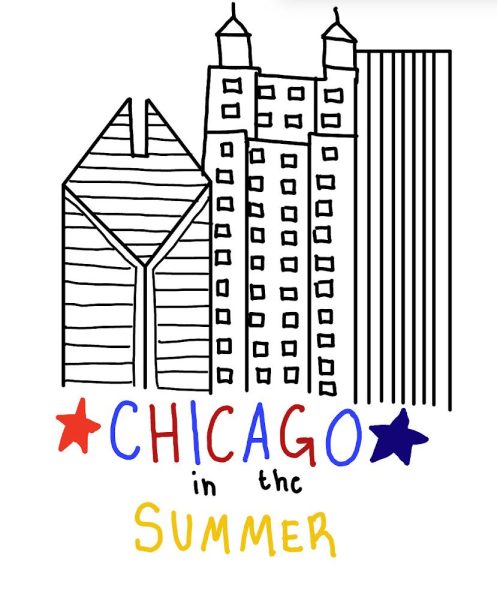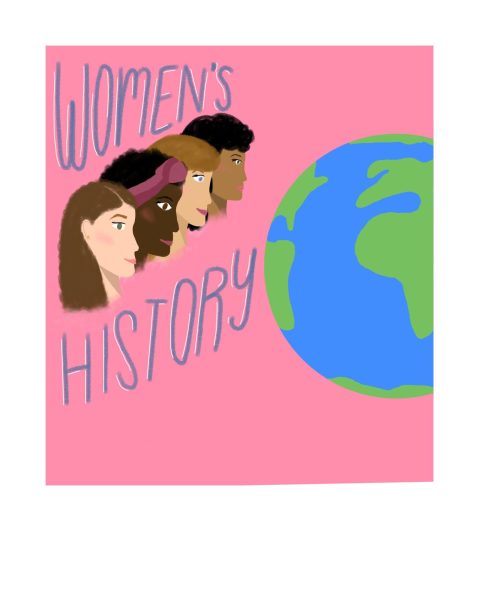Extended CPS Strike Ends
From October 17 to October 31, Chicago Public Schools were not in session. The teachers have been on strike, demanding better quality schools. They are a part of the longest teacher strike in a decade.
“They’re fighting for the kids, but the strike seemed to go on for too long” Fenwick teacher Mrs. Nowicki said in an interview Tuesday morning.
What exactly were they fighting for? Most Chicago Public Schools do not have a social worker or even a nurse. The Teachers’ Union wanted every school to have a nurse, a social worker, smaller class sizes and raises for the teachers.
“It’s asking too much of teachers, especially in Chicago Public Schools, where many teachers already face challenges unique to the city” Mrs. Nowicki explained. Without nurses, teachers had to administer medications to students in classrooms. The schools also lack counselors, which are essential because many families do not have access to professional mental health care for their children. When negotiations for these necessities failed, the Union went on strike.
The union has been on strike multiple times before. Between 1968 and 1987, the union went on strike a total of nine times, ranging in length from forty-eight hours to the record-breaking nineteen days in 1987. Purposes for these strikes are mostly the same: better resources for students, higher wages and smaller class sizes. These issues are still problems that today’s schools must face. Unfortunately, they require financial aid, which the government must give. When it does not, the union votes, and if the majority agrees, they go on strike.
The teachers were required by the union to be on the picket line every day instead of being in class, but the strike affected the students as well. The students were unable to take the PSAT, and they missed many days of school. Sports teams were also forced to forfeit their playoff games.
“Students were put at the center and harmed because adults couldn’t come to a resolution” Fenwick teacher Mr. Holmberg explains.
However, some destinations and resources were provided to students during the strike. The Chicago Transit Authority offered free buses to schools, and campus buildings were open every day. They served free breakfast, lunch and dinner to students. Many places also offered the students sanctuary–eleven YMCA locations and the Boys and Girls Clubs of Chicago were open for students to stay during the school day. Theater companies such as Chicago Children’s Theater, Dream Big Performing Arts and Lillstreet Art Center offered all-day acting camps. The Shedd Aquarium hosted a science camp for younger students, the Chicago Fire Department had soccer training camps, and many Jewish centers offered full-day care for young children.
On October 31, an agreement was reached between the Union and the government. Mayor Lori Lightfoot agreed on better staffing, nurses and social workers in most (if not all) Chicago Public Schools, and a 16 percent increase in wages over five years. These agreements do not solve all of the schools’ problems, but they mark a big step in the advancement of Chicago’s schools.




